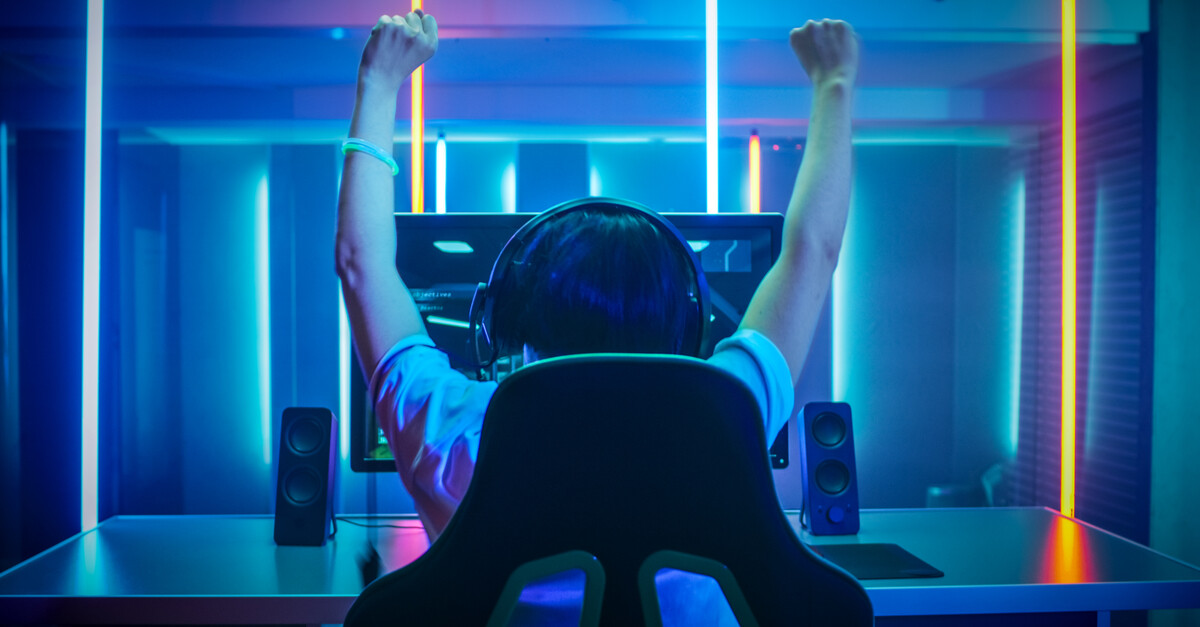In its nascent stage currently, remote desktop gaming is nonetheless steadily gaining momentum as one of the preferable ways of gaming across the world. Also called cloud gaming, this type of gaming does not quite require players to buy or gather all the gadgets necessary for traditional gaming. All you really need is a PC and a remote gaming or cloud service. Let’s take a closer look at what exactly remote gaming is, and the various elements of playing via cloud gaming software.
What Exactly Is Remote Desktop Gaming?
In remote desktop gaming, the actual game runs on remote hardware, but the player gets to play and control the gameplay by streaming on their PC. The reason remote gaming is increasing in popularity is that it is much cheaper. You don’t need to buy gaming hardware, just an ordinary or a Remote Gaming PC is enough. At the same time, this type of gaming is highly dependent on a seamless Internet connection and a constant, high bandwidth.
How Does Remote Desktop Gaming Work?
To play a game via remote PC gaming, gamers access a remote data center that hosts and runs the actual game and transmits the visuals via a video stream. Players can transmit their input and actions remotely via the Internet. The data centers themselves are made up of a huge number of servers installed with gaming hardware. This hardware primarily consists of high-performance Graphics Processing Units (GPUs), the brain of any gaming set-up. The streaming service then streams the game. The players’ actual home PC does not host or run the game. it merely decodes and renders the video stream from the streaming service, much like playing a YouTube video. Hence, the gamer only needs a laptop, tablet, or a regular PC. The key cloud gaming services currently in the market include Parsec, NVIDIA GeForce Now, Google Stadia, xCloud, and Amazon Luna.
What Are the Pros and Cons of Remote Desktop Gaming?
Remote gaming is simpler than traditional gaming in a number of ways. You don’t need to spend precious time and money choosing and installing expensive gaming hardware. This makes remote gaming accessible to far more people, including students. Remote gaming is also convenient. You don’t need to lug around your hardware if you’re traveling or moving. On the other hand, remote PC gaming is completely dependent on high-speed Internet. The smallest lag or glitch means you’re much slower in your in-game maneuvers and actions, which can cost you the game and a chance at victory or scoring points. There are also fewer games available for remote gaming as compared to traditional gaming since the game has to be optimized and tested for cloud-based gaming. This area of gaming is therefore still developing, with issues such as these still in the process of fully being addressed.
Remote gaming via desktops is slowly getting more accepted and popular around the world. Use the above guide to check if it’s something that might interest you.
